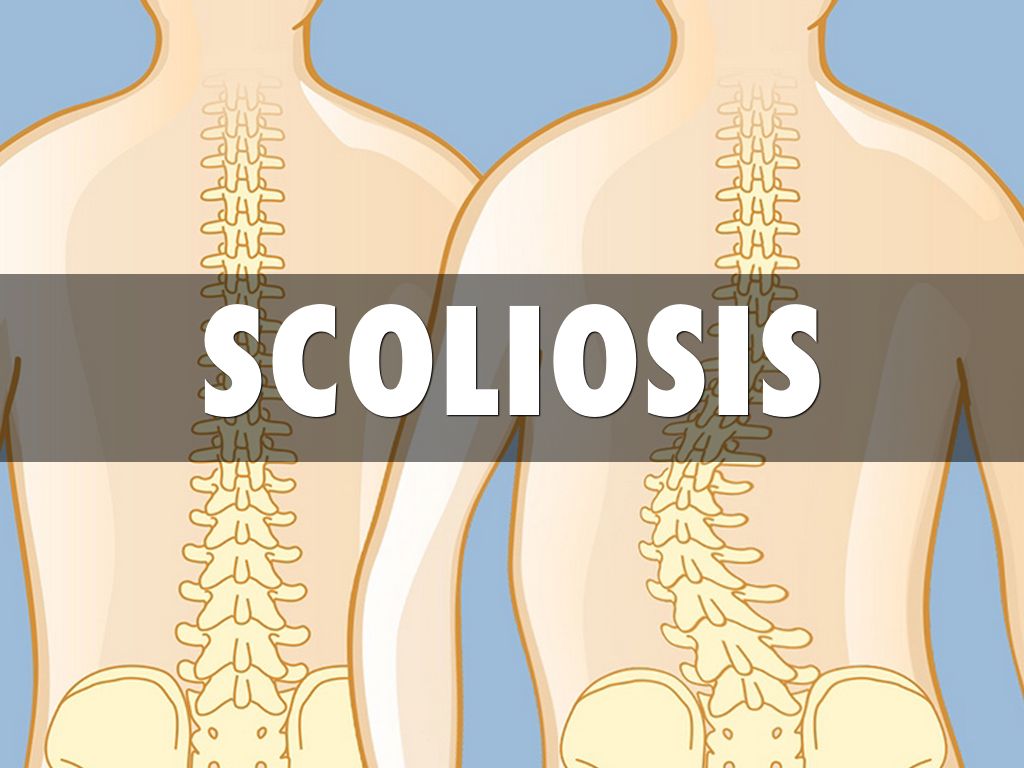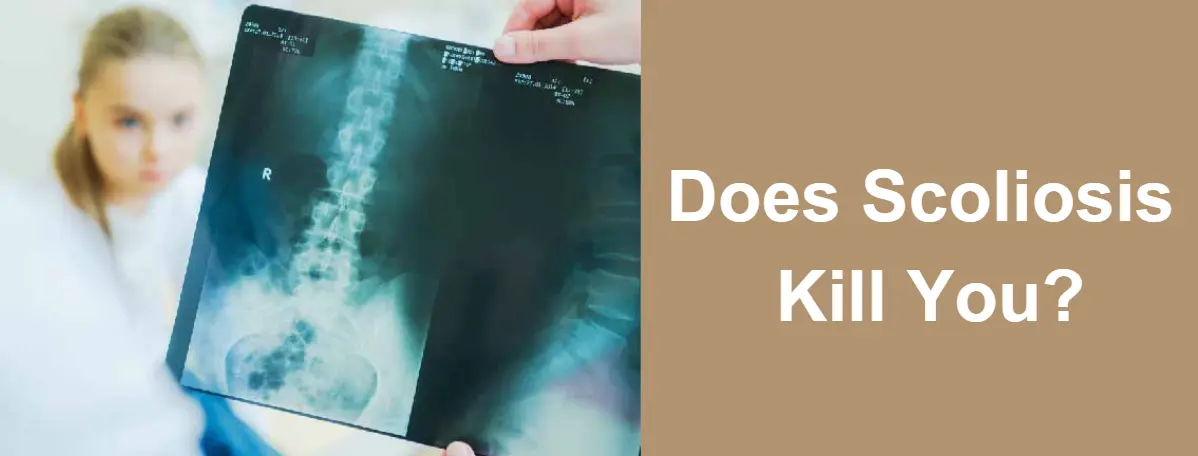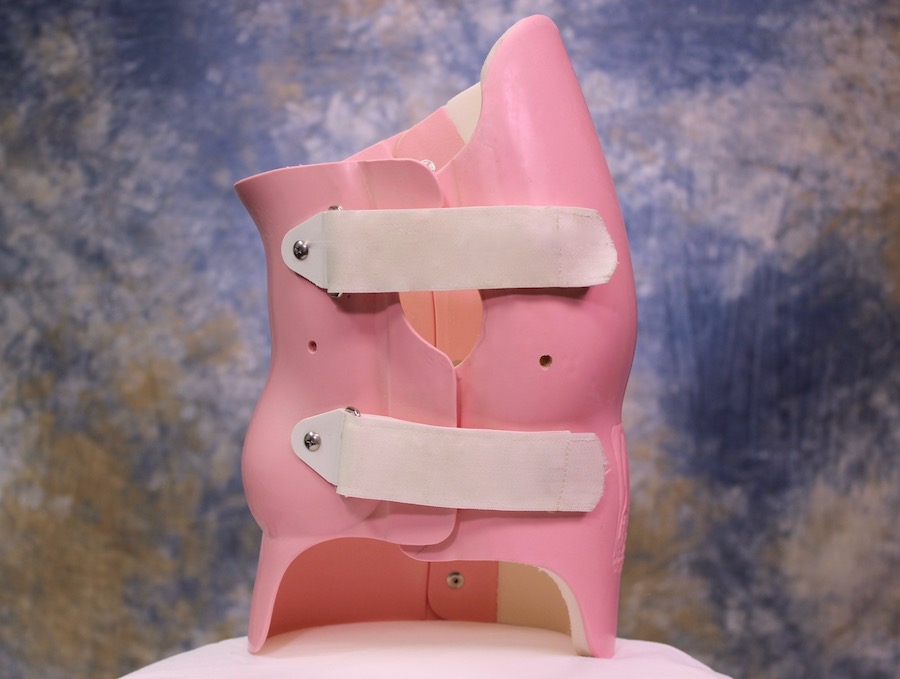Scoliosis is a medical condition characterized by an abnormal curvature of the spine. While most cases of scoliosis are mild and do not cause significant health issues, advanced scoliosis can have severe consequences. In this article, we will explore the progression of scoliosis, debunk myths and misconceptions surrounding its potential fatality, identify risk factors associated with advanced scoliosis, understand the impact on organ function, assess respiratory, cardiovascular, and neurological complications, evaluate the psychological impact, discuss treatment options, and emphasize the importance of early intervention.

Exploring the Progression of Scoliosis
Scoliosis can develop during childhood or adolescence and progress over time if left untreated. The curvature of the spine can worsen during growth spurts, leading to more severe cases. Without proper intervention, scoliosis can progress to advanced stages, causing significant health complications and potentially impacting lifespan.
Can Scoliosis Lead to Death? Debunking Myths and Misconceptions
Contrary to popular belief, scoliosis itself does not directly cause death. However, advanced scoliosis can lead to life-threatening complications that can indirectly result in mortality. It is crucial to debunk the myth that scoliosis is a fatal condition, as early detection and appropriate treatment can significantly improve outcomes.

Identifying the Risk Factors Associated with Advanced Scoliosis
Several risk factors contribute to the progression of scoliosis. These include a family history of scoliosis, certain genetic conditions like Marfan syndrome or muscular dystrophy, and gender (females are more likely to develop severe scoliosis). Understanding these risk factors can help identify individuals who may be at a higher risk of developing advanced scoliosis and allow for early intervention.
Understanding the Impact of Severe Scoliosis on Organ Function
Severe scoliosis can have a profound impact on organ function. As the spine curves, it can compress and distort the surrounding organs, leading to various complications. The most commonly affected organs include the lungs, heart, and nervous system.
Respiratory Complications: How Scoliosis Can Affect Breathing
One of the most significant concerns with advanced scoliosis is its impact on respiratory function. As the curvature of the spine progresses, it can restrict lung expansion, leading to reduced lung capacity and impaired breathing. Severe cases of scoliosis can result in respiratory failure, pneumonia, and other life-threatening respiratory complications.
Cardiovascular Issues: Assessing the Heart’s Health in Advanced Scoliosis
Advanced scoliosis can also affect cardiovascular health. The abnormal curvature of the spine can put pressure on the heart and blood vessels, leading to reduced blood flow and potential cardiac complications. Regular monitoring of heart function is crucial in individuals with severe scoliosis to detect and manage any cardiovascular issues promptly.
Neurological Complications: Nerve Damage and Paralysis Risks
In some cases, severe scoliosis can lead to neurological complications. The abnormal curvature of the spine can compress nerves, causing pain, numbness, and muscle weakness. In rare instances, advanced scoliosis can result in spinal cord compression, leading to paralysis. Early intervention and appropriate treatment can help prevent or manage these neurological complications.
Assessing the Psychological Impact of Advanced Scoliosis
Living with advanced scoliosis can have a significant psychological impact on individuals. The visible deformity and potential limitations in physical activities can lead to body image issues, low self-esteem, and social isolation. It is essential to address the psychological well-being of individuals with advanced scoliosis and provide appropriate support and counseling.
Treatment Options for Advanced Scoliosis: Improving Quality of Life
While scoliosis cannot be completely cured, various treatment options can help manage the condition and improve quality of life. Non-surgical interventions, such as bracing and physical therapy, can help slow down the progression of scoliosis and alleviate symptoms. Regular monitoring and early intervention are crucial to ensure the most effective treatment outcomes.

Surgical Interventions: Addressing Life-Threatening Scoliosis Cases
In severe cases of scoliosis where non-surgical interventions are ineffective or the condition is life-threatening, surgical intervention may be necessary. Spinal fusion surgery aims to correct the curvature of the spine and stabilize it using metal rods and screws. While surgery carries its own risks, it can be life-saving for individuals with advanced scoliosis.
Conclusion: Promoting Awareness and Early Intervention for Scoliosis
While scoliosis itself may not directly cause death, advanced scoliosis can lead to life-threatening complications. It is crucial to debunk myths and misconceptions surrounding the potential fatality of scoliosis and instead focus on early detection, appropriate treatment, and regular monitoring. By promoting awareness and providing timely intervention, we can improve outcomes and enhance the quality of life for individuals with scoliosis.
Referenzen
- Weinstein, S. L., Dolan, L. A., Cheng, J. C., Danielsson, A., & Morcuende, J. A. "Adoleszente idiopathische Skoliose". Die Lanzette. 2008;371(9623):1527-1537. doi: 10.1016/S0140-6736(08)60658-3
- Negrini, S., Aulisa, A. G., Aulisa, L., et al. “2011 SOSORT guidelines: Orthopaedic and rehabilitation treatment of idiopathic scoliosis during growth.” Skoliose. 2012;7(1):3. doi: 10.1186/1748-7161-7-3
- Lonstein, J. E., & Carlson, J. M. "Die Vorhersage der Kurvenprogression bei unbehandelter idiopathischer Skoliose während des Wachstums". Die Zeitschrift für Knochen- und Gelenkchirurgie. Amerikanischer Band. 1984;66(7):1061-1071. doi: 10.2106/00004623-198466070-00013
- Tsirikos, A. I., & Sud, A. “Surgical correction of scoliosis in patients with abnormal spinal curvatures: Indications, techniques, and outcomes.” Orthopaedic Surgery. 2020;12(1):23-32. doi: 10.1111/os.12594
- Marti, G., & Marengo, L. “Cardiopulmonary and neurological complications in scoliosis: A review of current literature.” Europäische Wirbelsäulenzeitschrift. 2018;27(4):825-838. doi: 10.1007/s00586-018-5521-2
- Green, B. N., Johnson, C. D., & Moreau, W. J. "Gibt es eine Beziehung zwischen idiopathischer Skoliose und der chiropraktischen Praxis? Eine Diskussion über theoretische Erkenntnisse und Hypothesen". Chiropraktik und manuelle Therapien. 2006;14:15. doi: 10.1186/1746-1340-14-15
- Aubin, C. É., & Labelle, H. "Simulation der Wirkung von Bracing bei der Behandlung der idiopathischen Skoliose bei Jugendlichen". Europäische Wirbelsäulenzeitschrift. 2006;15(4):470-480. doi: 10.1007/s00586-005-0978-0
- Danielsson, A. J., Wiklund, I., & Pehrsson, K. “Health-related quality of life in patients with adolescent idiopathic scoliosis: A matched follow-up at least twenty years after treatment with brace or surgery.” Wirbelsäule (Phila Pa 1976). 2001;26(19):2165-2173. doi: 10.1097/00007632-200110010-00018
- Balagué, F., Pellisé, F., & Aebi, M. “Adolescent idiopathic scoliosis: The complexity of treatment decision making.” Europäische Wirbelsäulenzeitschrift. 2011;20(Suppl 5). doi: 10.1007/s00586-011-1901-5
- Kotwicki, T., Negrini, S., Grivas, T. B., et al. "Methodology of evaluation of morphology of the spine and the trunk in idiopathic scoliosis and other spinal deformities: 6th SOSORT consensus paper". Skoliose. 2009;4:26. doi: 10.1186/1748-7161-4-26

